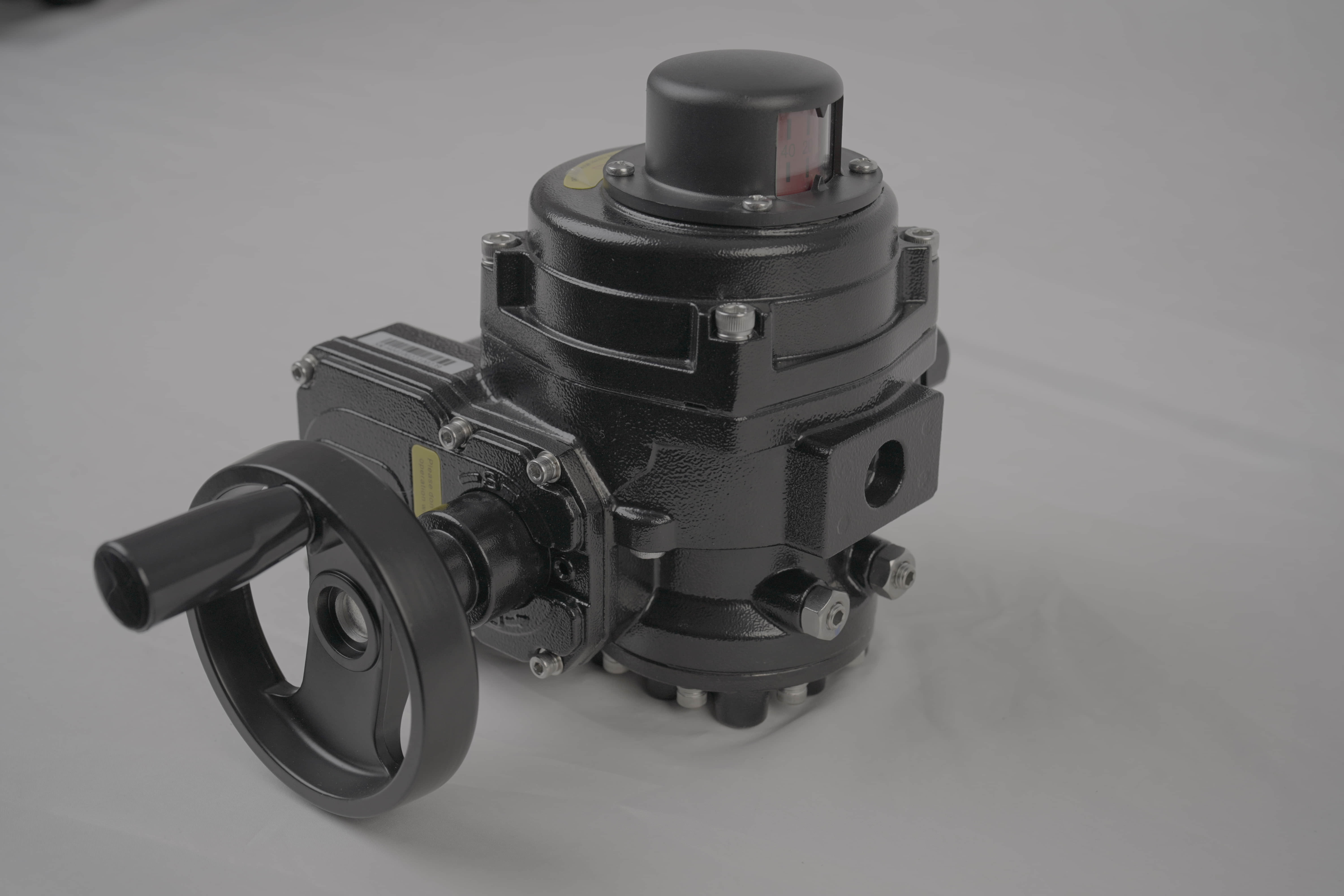
In recent years, lithium-ion batteries have become the backbone of modern technology, powering everything from smartphones to electric vehicles. As the demand for these energy-dense batteries continues to rise, ensuring their safety and performance is of utmost importance. One critical component that plays a vital role in this regard is the WCB Lithium Battery Valve. This article will delve into the functionality, design, and importance of the WCB Lithium Battery Valve, highlighting why it is essential for both manufacturers and consumers.

Key Features of the WCB Lithium Battery Valve
Pressure Regulation: One of the most critical features of the WCB Lithium Battery Valve is its ability to regulate internal pressure. Lithium-ion batteries can generate gases due to chemical reactions, especially during overcharging or thermal runaway conditions. The valve ensures that these gases are safely vented, preventing the battery casing from rupturing.